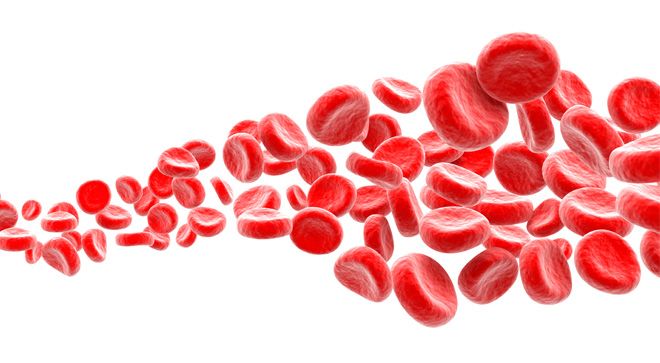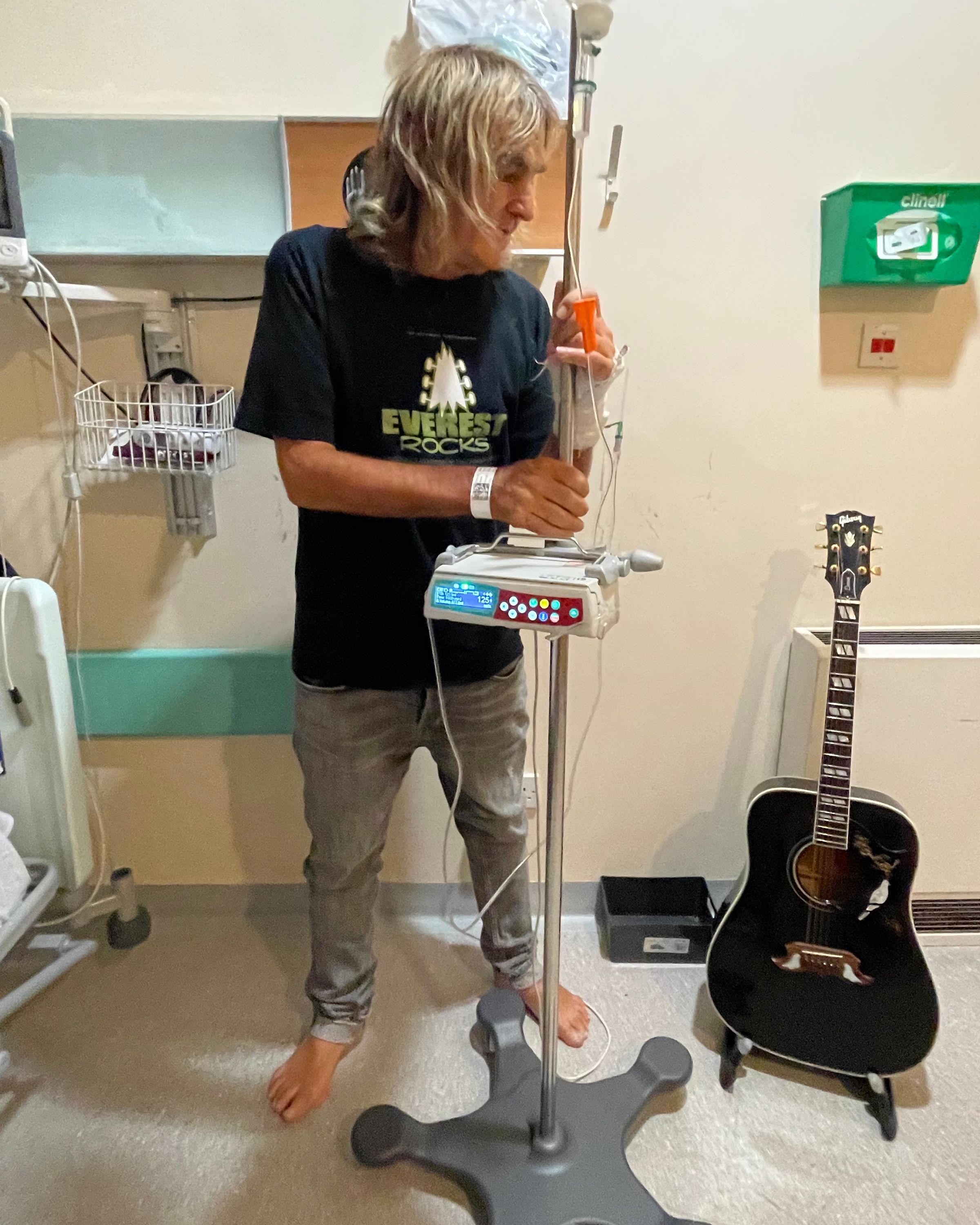Video
Waldenstrom Macroglobulinemia: Establishing a Diagnosis
Transcript:
Steven P. Treon, MD, PhD: The diagnosis of Waldenström macroglobulinemia requires a couple of things. First, it requires detection of the IgM monoclonal protein. So that’s a blood test. One would also want to get a bone marrow biopsy, because one wants to see that there’s evidence of an infiltrate in the bone marrow. These are really the essential components of being able to establish a diagnosis. We often also get molecular diagnostic testing for the MYD88 mutation. This is a mutation that’s found in about 95%, maybe even up to 97%, of patients with Waldenström macroglobulinemia. Having this aids us greatly in being able to make the diagnosis of Waldenström macroglobulinemia and differentiate it from other IgM-producing diseases.
The symptoms that can drive individuals to seek medical attention for Waldenström macroglobulinemia can vary quite a bit because there are multiple manifestations of the disease. Anemia tends to be a central feature for many patients. And so you’ll hear patients complaining of fatigue and anemia who can be at the root of their fatigue, but the anemia can be caused by multiple reasons. You can have a lot of Waldenström macroglobulinemia cells in the bone marrow crowding out all the normal red blood cell-producing cells.
You can get this phenomenal hemolysis, where the IgM protein binds to the red blood cells and causes them to burst. But you also see iron deficiency in patients with Waldenström macroglobulinemia, and this is because of a protein called hepcidin that’s overproduced either by the Waldenström macroglobulinemia cells or in reaction to the Waldenström macroglobulinemia cells because of the cytokines they make. And when this happens, what you see is hepcidin blocks the ability of a body to absorb iron from the gut, but it also makes macrophages and monocytes that sit in the bone marrow gobble up all the iron. And it’s like squirrels hoarding nuts. They hold on to that iron, and they deprive the red blood cells from getting it. As a result, these patients have a functional iron loss. And it’s really important to get iron studies when one is working up a patient with Waldenström macroglobulinemia, because many times giving intravenous iron can help remedy that particular reason for having the anemia in Waldenström macroglobulinemia.
It’s important to know that diagnostic challenges can exist in making the diagnosis of Waldenström macroglobulinemia. Being able to have the MYD88 mutation results is very helpful, because about 95% to 97% of all patients have this. And then you can start discriminating this particular diagnosis from others. For instance, IgM myeloma, you never see the MYD88 mutation, but you see cytogenetic findings that are very myeloma-like, like the translocation in the two chromosomes, 11 and 14, which is very typical in that.
Marginal zone lymphomas, which can also make IgM, look a lot like Waldenström macroglobulinemia, but the percentage of cases that actually have the MYD88 mutation are much less common, somewhere around 6% to 10% as an estimation. Sometimes, rarely, CLL [chronic lymphocytic leukemia] can also look like Waldenström macroglobulinemia. It can make IgM, but again, the percentage of cases that actually have the MYD88 mutation are very low.
The real pickle, if you will, is in those patients who don’t have the MYD88 mutation but can look very much like Waldenström macroglobulinemia. And we have to acknowledge that maybe about 5% of all cases of Waldenström macroglobulinemia are like this. Very excitingly this past year we finally sequenced the genomic sequencing of those patients who don’t have an MYD88 mutation but have Waldenström macroglobulinemia, and we’ve discovered several recurring mutations. And I think this is going to help in the long run, being able to sort that patient population as well who don’t have MYD88 mutation but really otherwise look morphologically and pathologically and clinically like Waldenström macroglobulinemia patients.
Transcript Edited for Clarity




